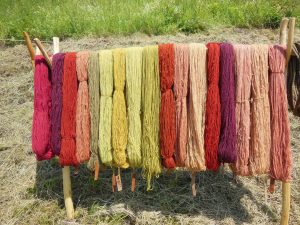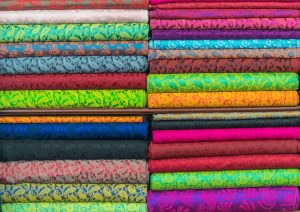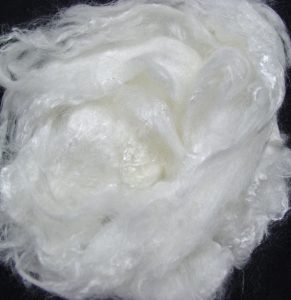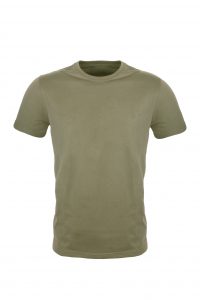
We know that our clothes are made from fabrics. Sometimes, these fabrics might even be made from a unique blend of fibers. However, where do our clothes come from? How are fabrics made? In this article, we will explore how fabrics are constructed from fibers and yarn, and explain their differences.
Fiber
A fiber is the most basic building block of a fabric. Think of them as the original source of the fabric. Fibers are usually much longer than they are wide. Usually, fibers are materials several hundred times longer than their diameter! Fibers differ according to several properties, including: Flexibility, cohesiveness, strength, elasticity, fineness, durability and luster.
Fibers can be separated into two main groups: Natural and Man-made.
Natural fibers are produced by plants, animals and nature. They can biodegrade and are classified according to their origin.
Examples of Natural Fibers include:
Animal-based fibers: Wool, silk, fur etc.
Wool: Fiber from Sheep

There are many other variants of wool, but we will explore that in another article.
Silk: Fiber from Silkworms

Plant-based fibres: Cotton, Flax
Cotton: Fiber from Cotton Plants

Man-made fibers are fibers whose chemical structure and properties have been modified by humans during the manufacturing process. They consist of synthetic fibers and regenerated fibers. Synthetic fibers come entirely from artificial materials like petrochemicals.
Examples of synthetic fibers include: Polyester, Nylon and Spandex
Polyester: Made from Petroleum, Air and Water

Nylon: A Type of Plastic

Spandex: Also Known as Lycra or Elastane

Meanwhile, regenerated fibers are man-made fibers derived from natural substances such as cellulose or protein. While they come from natural substances, their structure and properties have been modified by humans. There they are classified as man-made, and not natural, fibers.
Examples of Regenerated fibers include:
Rayon from Tree Wood Fiber/Pulp

Bamboo Fiber from Bamboo

Yarn
Yarns are long, continuous strands of fibers that are spun together. Think of them like narrow strings twisting around one another to form a thick rope. The strength and thickness of yarns differ according to how the yarn is twisted. A high degree of twist produces a stronger yarn, while a lower degree of twist creates softer yarn.
Fabrics
Yarn is then spun into fabrics, which are used to make our garments. A wide variety of methods can be used to produce fabrics from yarns, such as weaving, knitting, braiding, felting and twisting.
These concepts may come off as a little abstract. To help you understand them better, watch this video below:

About the Author
Thaddeus Asher Han
Fashion Commentator & Creator
Fashion Journalist at Fashive
https://medium.com/@thaddeusasherhan